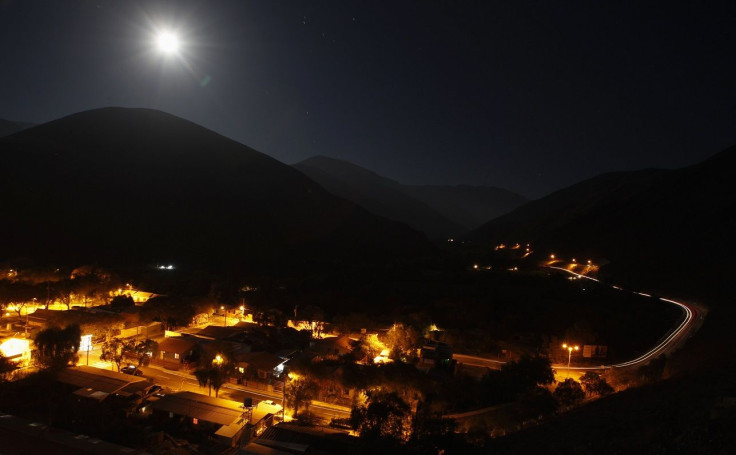Chile’s ‘Astro-Tourism’ Industry To Boost World Tourism

Tourism is a revenue-driven industry. Some countries’ tourism industry boasts of diverse marine and terrestrial wildlife, while others take pride in scenic countryside and landscapes. In Chile, it is neither land nor sea that is the latest tourism fad.
According to Chinese lifestyle magazine Travel, Chile has the most potential to boost global tourism in the next few years, and it looks like it has found how: by allowing visitors access to its astronomical wonders. In the southern end of the Atacama Desert lies the Elqui Valley, the location of the Route of the Stars, a travel route and the name of a customised travel package that allows tourists to visit La Serena city and explore locations where stargazing is best.
For a fee of US$20 [$26] for locals to as much as US$40,000 [$51,000] for foreign tourists, a person can gain access to the foothills of the Andes with their telescopes or simply visit the observatories there. One of the most known tourist-friendly observatories is the Pangue Observatory, which opened in 2008. Cristian Valenzuela, one of Pangue’s founders, noted that the venture was inspired by a lifelong passion.
“I used to go on ‘astronomic safaris’ with my Canadian friends. We would take a telescope, drive into the valley and observe all night long, so I knew foreign visitors were interested,” Valenzuela said in a post by BBC that described how astro-tourism in Chile “skyrocketed” in 2014.
Pangue co-founder Eric Escalera said that Chilean skies in the country’s northern region are perfect for tourists who are heavily interested in astronomy and star mapping. Escalera happens to be a professional astronomer who left his mother country France six years ago to build a stargazing business in Elqui Valley. Pangue offers its tourists high-resolution telescope rentals that are good for three hours or a whole night for groups of 3 to 15. Some stargazing programs are designed for all kinds of tourists with different levels of knowledge and interests.
Those who don’t have that much money can head to the municipal observatory situated in Cerro Mamalluca, which opened its doors to the public in November 1988. Tour and observatory guide Luis Traslavina said that during the observatory’s first year of opening, only a handful of people would take time to explore the stars.
Northern Chile is known for its clear skies — the clearest in the entire world — which is why the most advanced telescopes and observatories are built in the area. Chile owns more than half of the world’s astronomy infrastructures and telescopes, and in the next coming years, more than 70 percent of the world’s biggest telescopes will find their homes in the South American country.
While the northern Chilean skies offer a glimpse of the astronomical treasures, its land, meanwhile, bears mineral riches. A handful of mineral deposits and mines are situated in the Atacama region, one of which is White Mountain Titanium Corporation (OCTQB:WMTM). White Mountain is positioning itself to become a world leader in the titanium market, and is aiming to produce 112 million tonnes of high-grade rutile.
Contact the writer: a.lu@ibtimes.com.au






